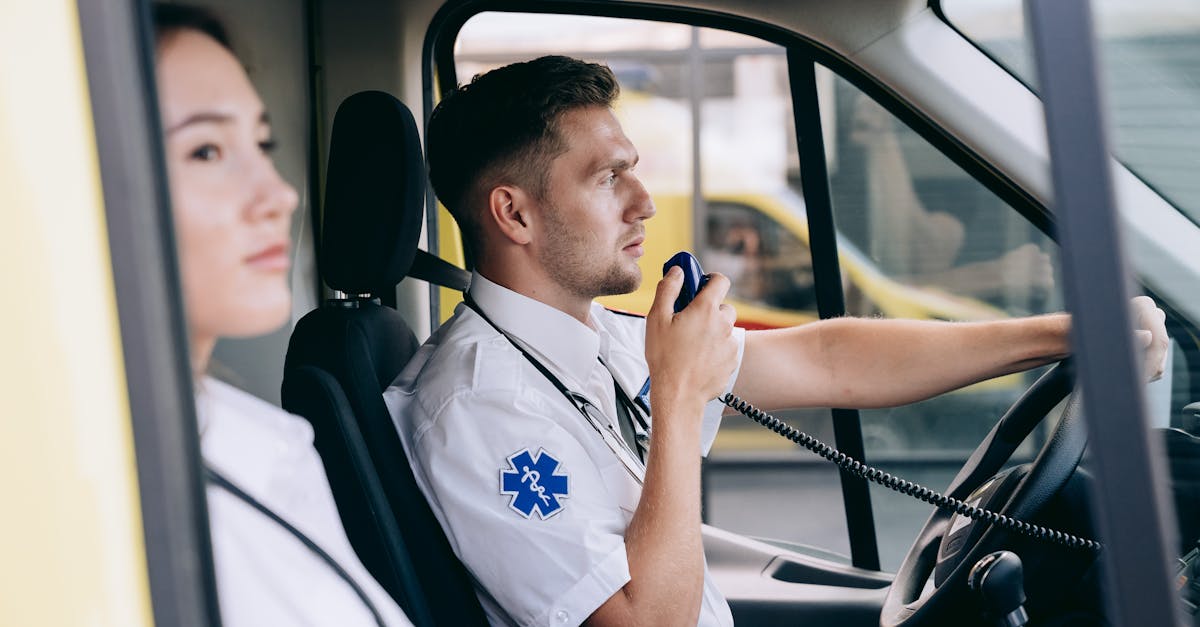Published on:
6 min read
Revolutionizing First Response: The Future of Emergency Medical Devices
Emergency medical devices are undergoing a transformative change, merging cutting-edge technology with life-saving capabilities. This evolution promises to enhance rapid response times and improve patient outcomes in critical situations.

Smart Technology in Emergency Medical Devices
The integration of smart technology into emergency medical devices is revolutionizing how first responders operate. Devices equipped with artificial intelligence can analyze patient data in real time, providing vital information to paramedics even before they arrive on the scene. For example, wearable devices can monitor vital signs, send alerts to medical teams, and share data with hospitals instantly. This technology not only saves time but also enhances accuracy in diagnosis. As these devices become more prevalent, they are likely to bridge the gap between on-site care and hospital treatment, ensuring smoother transitions and better patient outcomes.
Telemedicine: A Game-Changer for Emergency Response
Telemedicine is proving to be a game-changer in emergency medical responses. With the ability to connect patients with physicians instantly through video calls, emergency teams can receive live guidance on treatments while en route. This real-time communication allows for rapid decision-making and personalized care. For instance, in cases of cardiac arrest, emergency medical technicians can receive instructions for CPR from on-call specialists and adjust their approach based on immediate feedback. Hence, telemedicine not only enhances the speed of intervention but also helps in triaging patients more effectively, ensuring that those in need of urgent care are prioritized.
The Role of Drones in Fast-Tracking Emergency Services
Drones are emerging as vital tools in modern emergency response, capable of delivering medical supplies to remote locations or traffic-congested areas. Equipped with defibrillators, first aid kits, or even blood supplies, drones can reach patients in critical conditions much faster than traditional methods. A prime example is the use of drones to deliver AEDs (Automated External Defibrillators) to cardiac arrest victims, significantly reducing response times. Furthermore, drones can provide aerial views during emergencies, assisting command teams in assessing situations and deploying resources effectively. As regulations continue to evolve, we can expect to see broader applications for drones in emergency medical service.
Conclusion: The Path Forward in Emergency Medical Response
The future of emergency medical devices is bright, with technology paving the way for innovative solutions that enhance responsiveness and efficacy. From smart devices to telemedicine and drones, these advancements are set to redefine emergency medical care. As we continue to embrace these innovations, we must also focus on training first responders to utilize these tools effectively, ensuring that every second saved counts towards saving lives.
Published on .
Share now!










